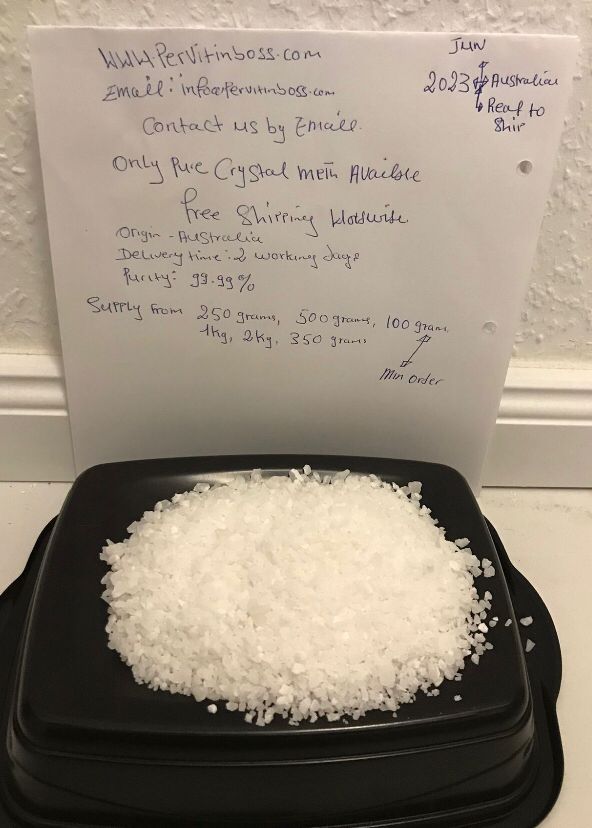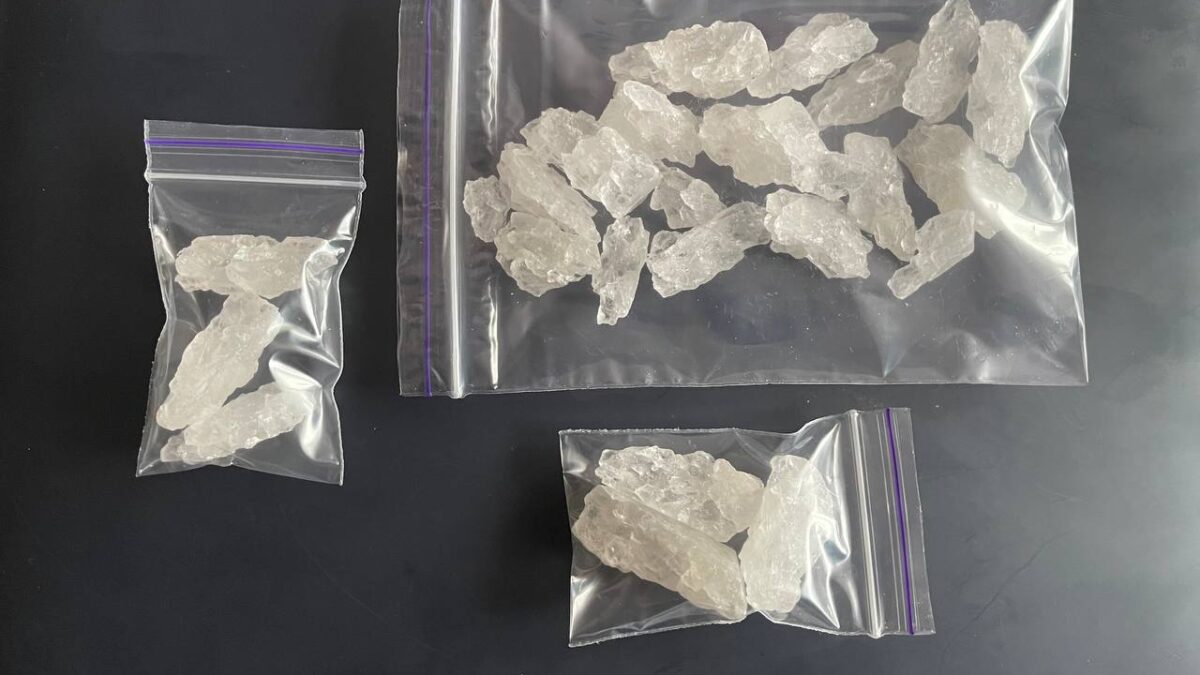Crystal meth treatment

Cristal droga

Metanfentamine droga
- Amphetamine drug
- bennies drug
- Biological classification system and meth
- Chrystal
- Crack droga
- Crank Drug
- Cristal droga
- Crystal meth treatment
- crystel
- Droga cristal
- Drug facts
- How to make Amphetamine
- How to spell Methamphetamine
- Is blue crystal meth real
- Is meth a stimulant
- Metanfamine
- Metanfentamine droga
- Meth addiction
- meth before and after
- Meth head
- Meth lab
- Meth molecule
- Methamphetamine rehab
- Methamphetamine treatment
- Methy
- panzerschokolade
- Que es la metanfetamine
- Scho ka kola
- Sings of meth use
Crystal meth treatment
Crystal meth treatment, Methamphetamine in all forms, including crystal meth, is a frequently abused drug throughout the United States. In fact, the 2020 National Survey on Drug Use and Health (NSDUH) reported that an estimated 2.5 million people aged 12 and older had used methamphetamine that year.1 Crystal meth is highly addictive. Methamphetamine use is associated with several adverse mental and physical health effects, including certain psychotic symptoms and increased cardiovascular risks. contact supplier
Fortunately, there is treatment available that can help you end compulsive meth use and recover from crystal meth addiction. Here, we will provide an overview of crystal meth addiction, including rehabilitation and treatment options available for people struggling with this type of addiction and any stimulant-related health issues.

What Is Crystal Meth Addiction?
Crystal meth addiction is a condition characterized by compulsive drug-seeking and problematic patterns of methamphetamine use despite harmful consequences.3 People addicted to crystal meth often cannot stop using the drug despite the problems that it causes, including serious health issues and adverse social and occupational consequences.2,3
Crystal meth is a powerful stimulant that many people use because they want to feel its rewarding high.2 Dopamine is a neurotransmitter in our brains that is normally associated with motivation and the reinforcement of certain natural behaviors.2 Crystal meth temporarily increases the activity of several neurotransmitters, including dopamine, which can result in powerful reinforcement of methamphetamine use—potentially driving a person to repeated and, eventually, compulsive use of the drug.2
In its various forms, methamphetamine can be smoked, snorted, swallowed, or injected.4 Smoking meth and intravenous use get the drug into the body quicker than other methods, allowing for the most relatively intense “rush” or high.4 The intense feeling only lasts a few minutes, so people using crystal meth commonly engage in a “binge and crash” pattern where they repeatedly binge on the drug for several days and then finally fall asleep, or crash. It is not uncommon for crystal meth abusers to go days without sleep or food.4
Diagnosing an Addiction
Substance addictions, including those involving methamphetamine, are diagnosed as substance use disorders by treatment professionals.5 The Diagnostic and Statistical Manual of Mental Disorders 5th edition (DSM-5) details several criteria that are used to make such diagnoses.5 Methamphetamine use disorder is diagnosed as a stimulant use disorder based on the presence of characteristic signs, symptoms, and behavioral changes, including.
- Strong cravings for more methamphetamine.
- Dedicating considerable amounts of time and effort to drug-seeking and drug-using behavior, as well as to recovering from the adverse effects of crystal meth.
- Meth use persisting despite its negative impact on various areas of life, including school, work, and home.
- Giving up once important or enjoyable social, occupational, or recreational activities as a result of meth use.
- Withdrawal symptoms such as dysphoric mood, fatigue, and sleep problems when the drug is not used.
How Is Crystal Meth Addiction Treated?
Crystal meth addiction and other stimulant use disorders are complex health issues that commonly have several different factors contributing to their development, as well as various stimulant-related medical complications that can arise over the course of their progression.6 As such, an appropriate addiction treatment strategy may employ a combination of different therapeutic interventions to address all of the pertinent issues.
Types of Rehab Programs for Crystal Meth Addiction
If you or someone you know is struggling with crystal meth addiction, it’s important to seek help. A variety of treatment settings and program features may be available to help you recover. These include:
- Inpatient treatment: Provides a supportive, drug-free living environment where people suffering from substance use addictions can focus on recovery with daily therapeutic guidance from clinical staff. Inpatient treatment commonly lasts several weeks to several months. You will stay at the treatment facility and take part in programming designed to help you stop using drugs and build skills to keep from relapsing.6
- Outpatient treatment: As a relatively less intensive level of care than many inpatient or residential treatment options, outpatient treatment can be especially helpful for people with demanding jobs or other responsibilities that make it challenging to be away from home. Outpatient care may be a good fit for individuals who have successfully completed inpatient treatment or who already have a strong support network at home. Outpatient programs offer the daily guidance of clinical staff and regular check-ins to monitor recovery progress. However, individuals can still go about their normal lives without taking up permanent residence in a treatment center.7
- Dual diagnosis or co-occurring disorder treatment: Offers an integrated treatment solution to simultaneously address both substance use disorders and any co-occurring mental health issues. Mental health conditions—such as anxiety and psychotic disorders—commonly co-occur in people with stimulant use disorders. Treatment that is specialized to manage both mental health and substance use issues is increasingly becoming the standard of care.6
- Detox programs: Detox offers a supervised, supportive environment in which methamphetamine withdrawal can be managed more safely and comfortably. Professional detox can help people progress towards rehabilitation, whether it be on an inpatient or outpatient basis, for additional recovery work.
Currently, there are no medication therapies specifically designed to address methamphetamine addiction or withdrawal.6 Scientists continue to evaluate medications that may be helpful, but the research is ongoing.8
Types of Behavioral Therapies for Crystal Meth Addiction
Behavioral therapies are used to help those with addiction by teaching them about triggers, patterns of drug-seeking behavior, and coping strategies for avoiding relapse. Behavioral therapies used include:
- Contingency management (CM): Offers incentives when you engage in desired behavior and withholds incentives when you engage in undesirable behavior.10
- Cognitive behavioral therapy (CBT): Addresses thoughts, feelings, and behaviors related to substance use and helps you learn relapse prevention skills.6
- Community reinforcement approach: Promotes lifestyle changes that help aid in recovery. This approach may include marital therapy, vocational assistance, mutual help groups, and skills and social training such as teaching substance refusal, time management, and mood regulation.6
- Matrix model: Involves working through a series of exercises that address relapse prevention, education about addiction, and the development of coping strategies to address cravings, cues, and triggers.11
- Motivational enhancement therapy (MET): Assesses your readiness for change and develops treatment strategies consistent with your readiness level.6,9
- 12-step facilitation treatment (TSF): Helps individuals incorporate mutual support programs such as Crystal Meth Anonymous (CMA), Narcotics Anonymous (NA), or non-12-step programs like Smart Recovery into their long-term recovery strategy.6,9
- Social support interventions such as sober housing, social skills training (SST), assertive community treatment (ACT), and peer support.6
- Outpatient treatment that assists you with psychosocial needs like housing, employment, and mental health care.6
Treating Stimulant-Related Medical Issues
A multi-pronged approach to stimulant use disorder treatment should give attention to associated medical issues.6 Some of these issues include:6
- Weight loss and muscle wasting because of poor nutrition.
- Dental problems such as tooth decay and erosion of bone in the jaw.
- Cardiovascular issues, such as arrhythmia, myocarditis, chronic hypertension, and increased stroke risk.
- Skin rashes and infections.
- Cerebrovascular changes in association with stroke and methamphetamine-related brain atrophy.
- Movement disorders (e.g. choreoathetosis).
- Non-sterile injection-associated diseases such as HIV/AIDS or hepatitis.
Individuals who are addicted to methamphetamine sometimes experience meth-induced psychosis, which can be attributed to sleep deprivation.6 They may become paranoid or delusional and need to be psychiatrically hospitalized for their own safety.6
One of the more common mental health problems associated with meth use is anhedonia, which is defined as “the inability to feel pleasure.”12 A study conducted in 2010 found that individuals who abuse meth are more likely to develop anhedonia when they stop using it.12 People who stop using meth may feel little or no pleasure from activities such as eating, exercising, or socializing with friends.
What Is the Rehab Treatment Process Like?
Professional crystal meth treatment can be a multi-tiered process, the precise details of which will be determined by your initial evaluation and individual treatment needs. Initially, you will undergo an assessment and meet with a physician, medical staff, and counselors. They will complete a thorough biopsychosocial assessment. You will undergo a physical examination to determine if there are medical issues that need to be addressed, as well as a drug screen to determine what drugs are currently in your system.6
Once the assessment is complete, your treatment provider will develop an individualized treatment plan that outlines the steps needed to address your addiction to crystal meth. You will then begin attending treatment activities. These may include group treatment sessions, individual counseling, and attendance of support group meetings. You may be prescribed medications to address any co-occurring medical or behavioral health issues.
How Long Will Rehab Take?
The length of treatment for crystal meth addiction will be influenced by various factors, including program type, your addiction severity, other physical and mental health needs, and your insurance coverage. In terms of an estimated timeline, a residential (inpatient) treatment program can last anywhere from 30 days to 1 year.6 If you have specialized behavioral health or medical needs, treatment can last longer.
What Is Aftercare?
Aftercare is crucial once your treatment program for crystal meth addiction is completed. Consistent participation in aftercare programming reduces the possibility of relapse.9 Aftercare may involve living in a sober living home to help you stabilize and re-enter society. You may engage in outpatient treatment like group therapy, individual counseling, or other mental health treatment.
Attendance of and participation in 12-step programs like Crystal Meth Anonymous or Narcotics Anonymous may be part of your aftercare plan. Setting up a regular exercise program or meditation practice may also be part of your aftercare plan. Checking in with providers regularly and engaging with other people in recovery helps you get the support you need to remain sober.9
How to Pay for Rehab
The Affordable Care Act (ACA) requires that health insurance providers cover services for mental health and substance use disorders.13 The ACA also requires that insurance companies cover rehabilitative services when necessary.13 The U.S. Department of Veterans Affairs (VA) and Tricare (insurance for military dependents) also offer coverage for treating mental health and substance use disorders in veterans and their dependents.14,15 Medicaid insurance pays for substance abuse treatment, as does Medicare.16
If you are working, check with your employer whether there is an Employee Assistance Program you can access. If you are uninsured, outpatient clinics or private providers may offer sliding scale or income-based services. Coverage may vary based on several factors, including your location (what’s available in your area), insurance type and plan, and the level and length of treatment. Check with your insurance provider to see what resources are available to you and for guidance on accessing care.
When using health insurance to pay for treatment, be sure to ask about co-pays and out-of-pocket expenses. Also, try to find a provider that is in your insurance network if possible. Your insurance provider is more likely to approve treatment options that are in-network. If you’re unsure of what your insurance will cover, verify your insurance to see what services you are eligible to receive.

